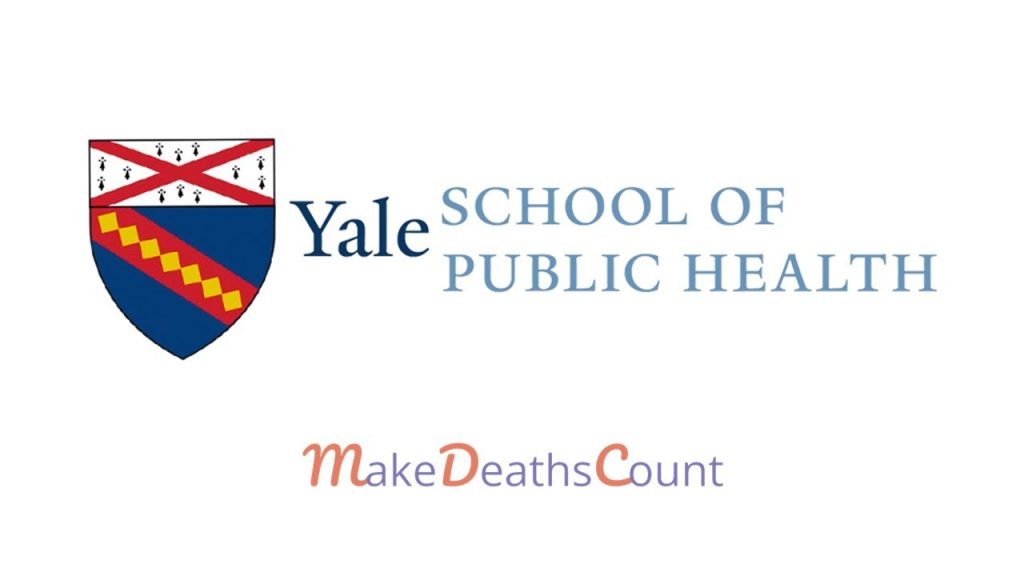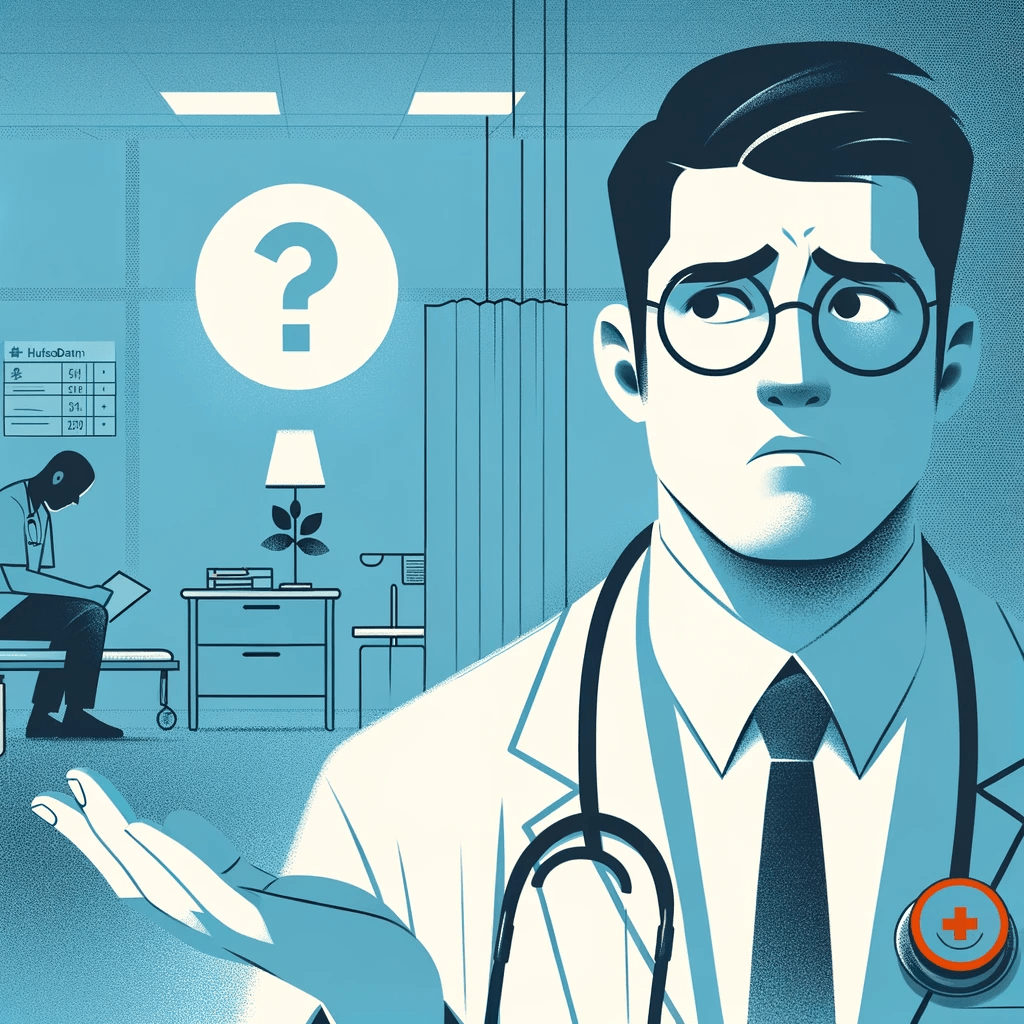
Mortality surveillance is when an institution or organization will receive and process death records that will later be analyzed. This process is used by hospitals, natural disaster relief organizations, governments, and other organizations in order to determine the cause of death and then later use this information to improve a certain system. For example, pregnancy mortality surveillance is often used in hospitals to determine the cause of death during a birth and later analyze this data to reform how delivery of a baby is performed. Additionally, mortality surveillance is used during natural disasters to discover potential disease outbreaks and track disease and injury trends. This data can then aid in finding potential causes for disasters and prevent future outbreaks or injuries.
The impact of mortality surveillance is profound. Recent pregnancy mortality surveillance data from the CDC has revealed that there has been an upward trend of pregnancy related deaths since 1987. Additionally, pregnancy related deaths are also closely related to those who are pregnant with diabetes, chronic heart disease and hypertension. Not only did mortality surveillance identify alarming issues about our healthcare systems but was able to reveal specific people who may be at risk of death if impregnated.
The impact of mortality surveillance goes beyond the hospital. The National Occupational Mortality surveillance program uses information from death certificates to analyze patterns of causes of death by occupation and industry. Data is collected to identify common trends that lead to fatalities in communities of agricultural workers, those who work with electronic, gas, oil and commercial fishing companies and many other common occupations. The data is then used to implement systems to prevent fatalities in these occupations. Mortality surveillance even works to identify common trends that lead to fatal motor vehicle accidents and improve the day-to-day safety of civilians.
Mortality surveillance isn’t just measuring how many people died but goes even further to analyze how they died and how we can improve our world to prevent these deaths from recurring.




